Optimal Timing for Flue Installations
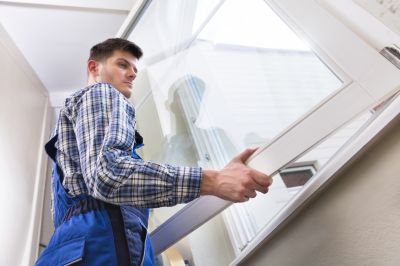
Spring offers moderate weather conditions, reducing installation delays and ensuring proper setup.
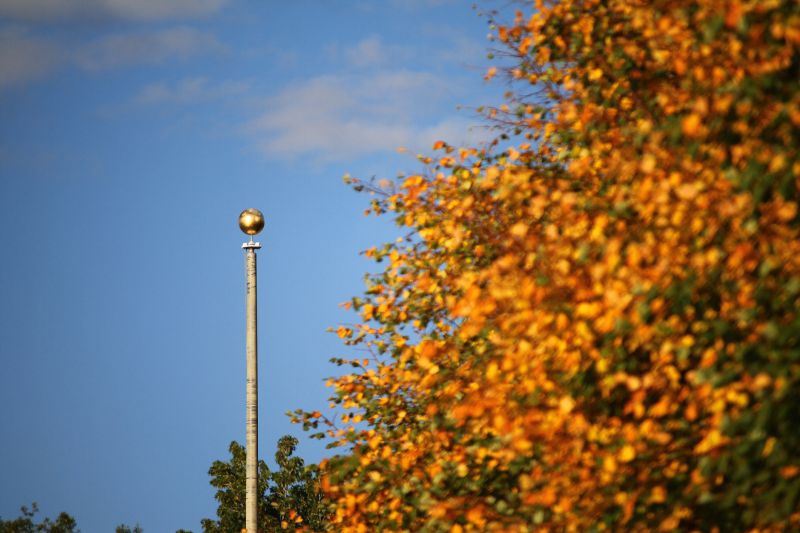
Late summer can be ideal for scheduling, with stable weather and longer daylight hours.
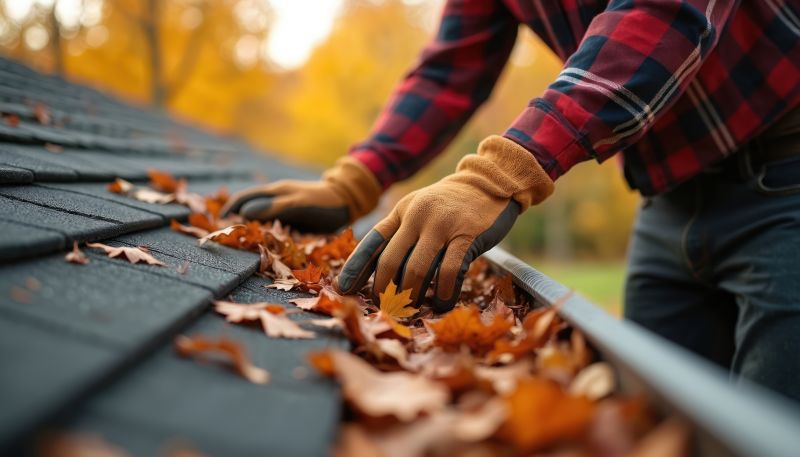
Autumn allows for installation before colder months, ensuring readiness for winter use.

Ways to make Flue Installations work in tight or awkward layouts.
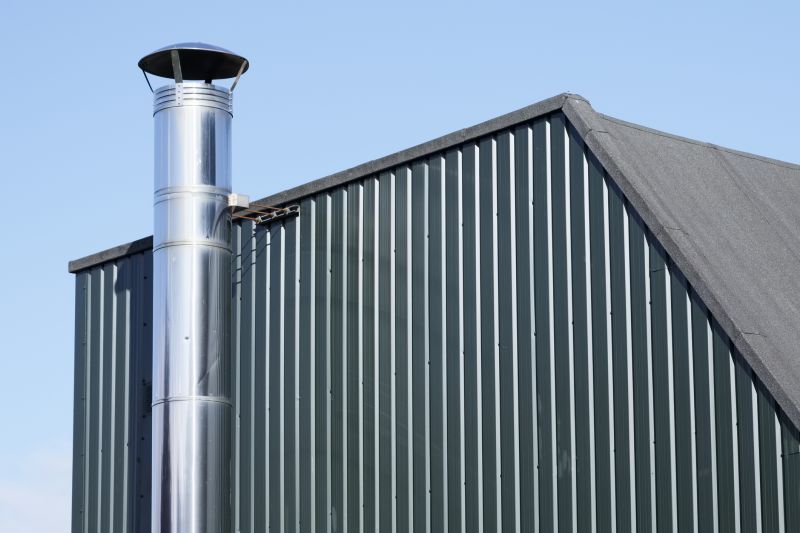
Popular materials for Flue Installations and why they hold up over time.

Simple add-ons that improve Flue Installations without blowing the budget.
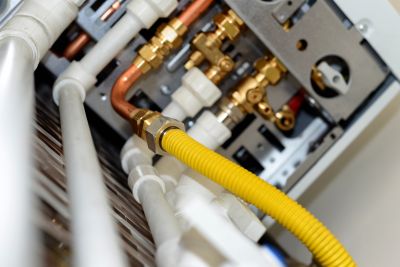
High-end options that actually feel worth it for Flue Installations.
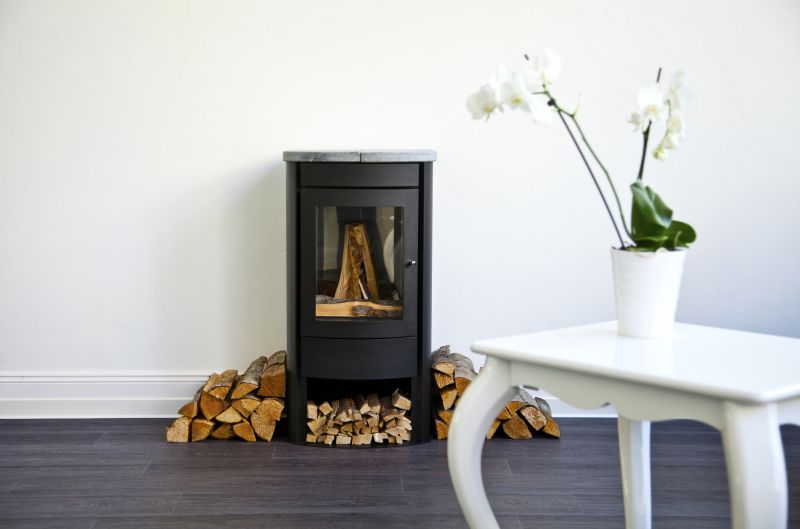
Finishes and colors that play nicely with Flue Installations.
Flue installations are essential components of heating and ventilation systems, providing a pathway for exhaust gases to safely exit a building. Proper installation ensures optimal performance, safety, and compliance with building codes. The timing of installation can impact the quality and safety of the system, making it important to choose the right season.
Weather conditions influence installation quality, with dry and mild periods preferred.
Off-peak seasons may offer more scheduling options and quicker service.
Certain materials perform better when installed during specific weather conditions.
Compliance deadlines may affect installation timing.

Spring's moderate weather minimizes delays and ensures proper sealing.
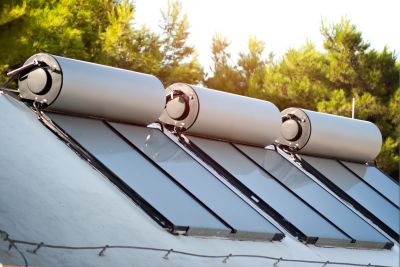
Longer daylight hours and stable conditions support efficient installation.
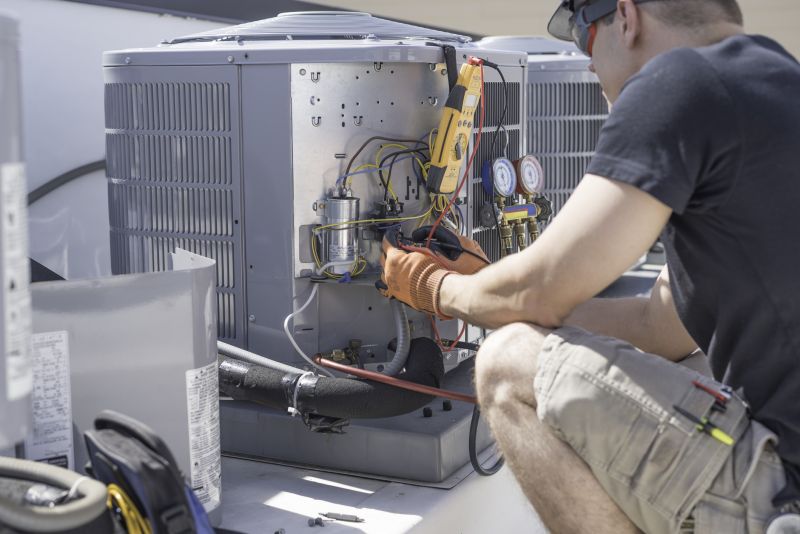
Prepares systems for winter, avoiding cold weather complications.
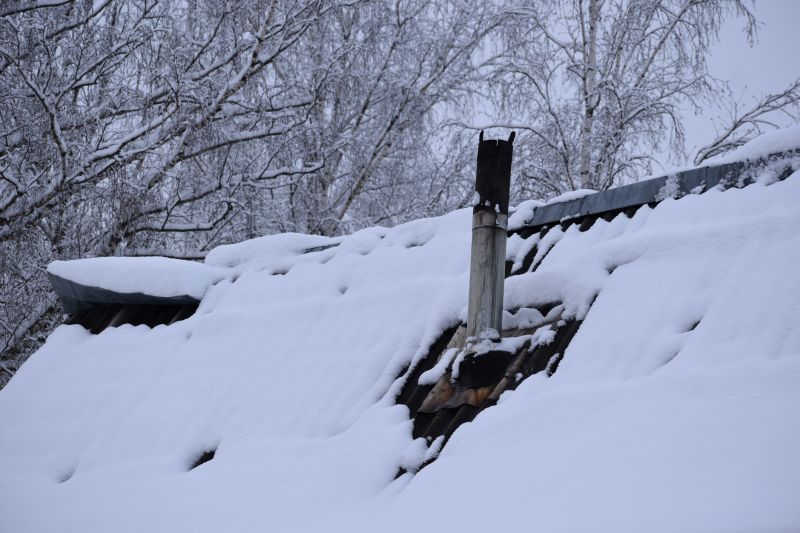
Cold temperatures and snow can hinder installation and inspection.
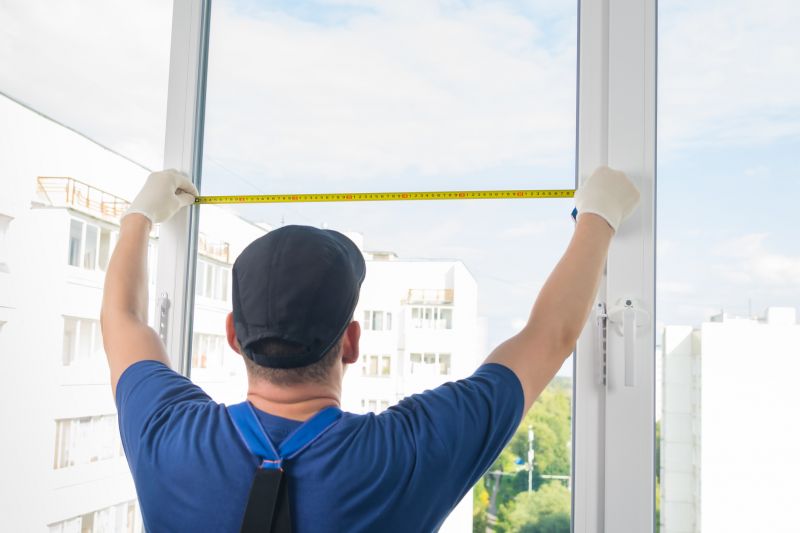
Little measurements that prevent headaches on Flue Installations day.
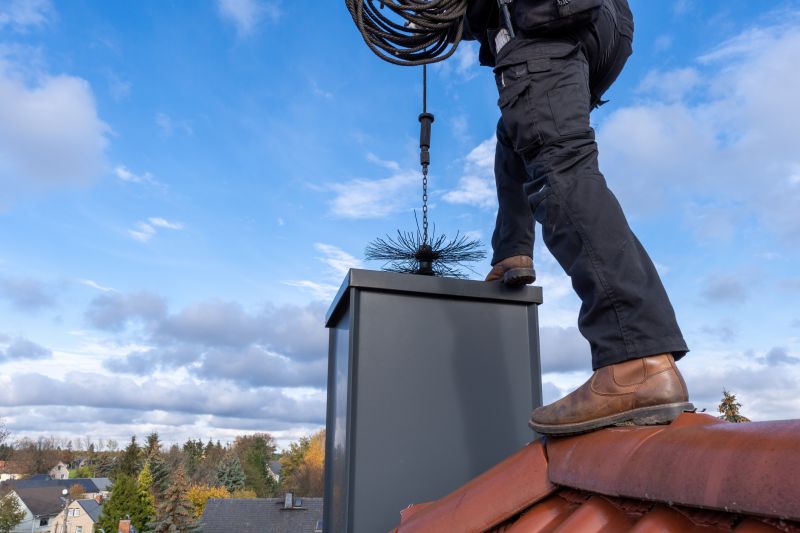
A 60-second routine that keeps Flue Installations looking new.
| Season | Optimal Conditions |
|---|---|
| Spring | Mild weather, low humidity |
| Summer | Dry, warm days with long daylight |
| Autumn | Cool, dry weather before cold |
| Winter | Cold, snow, and ice present challenges |



